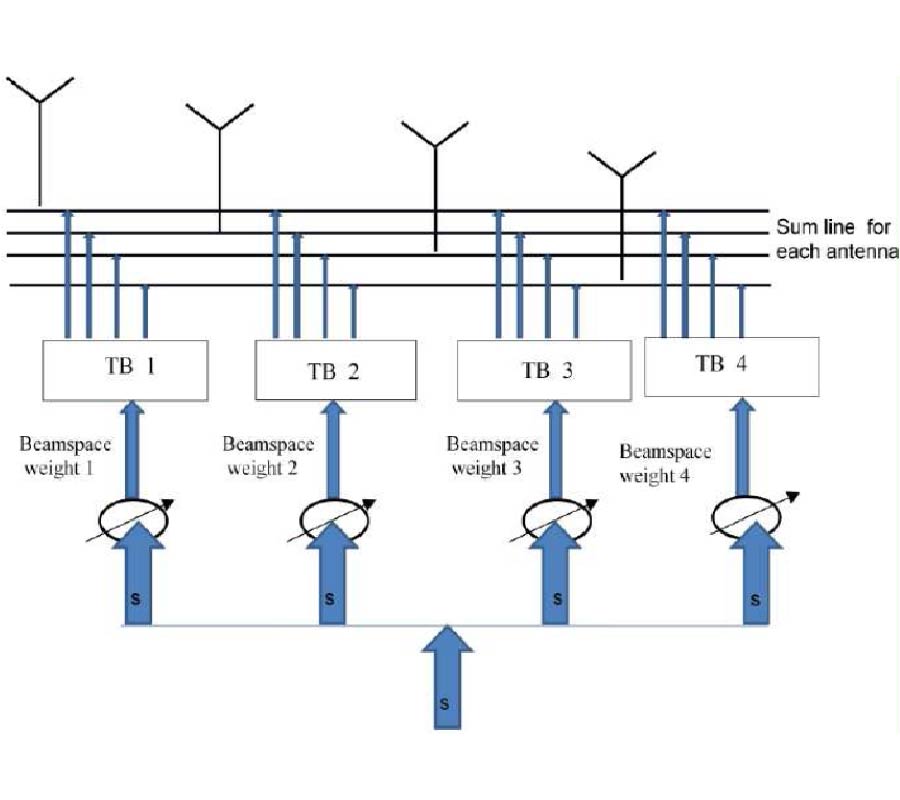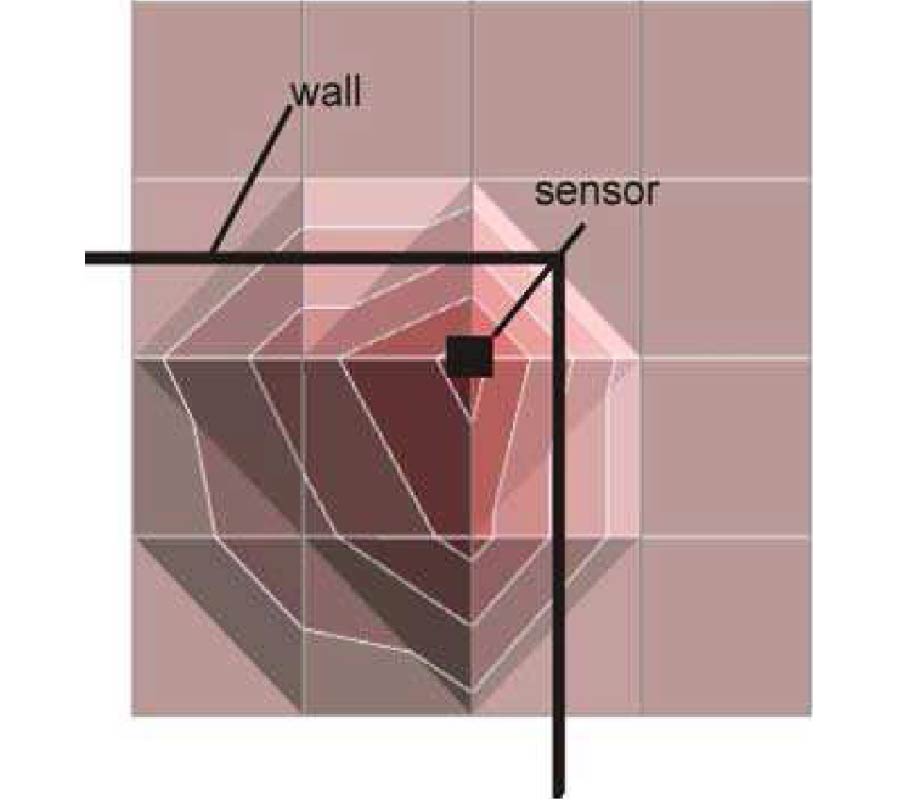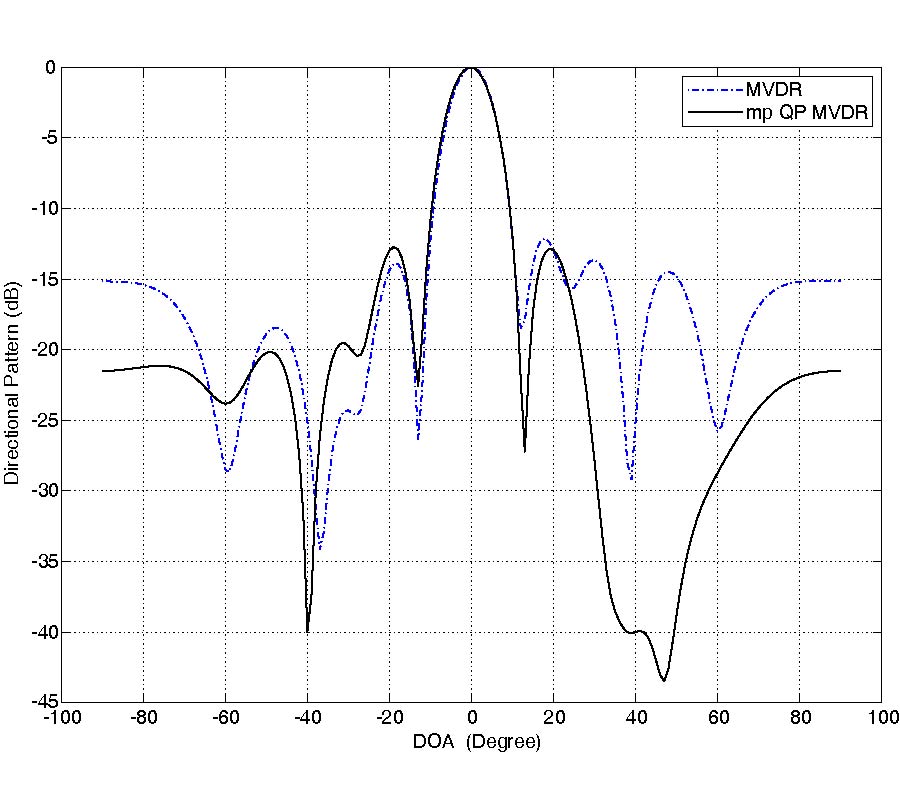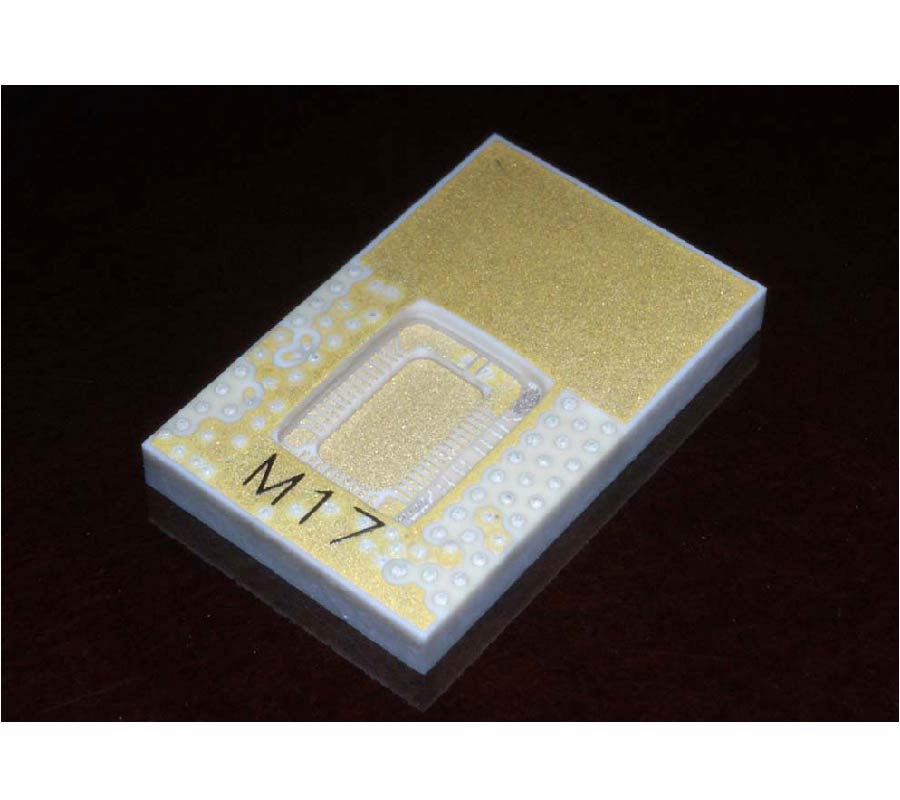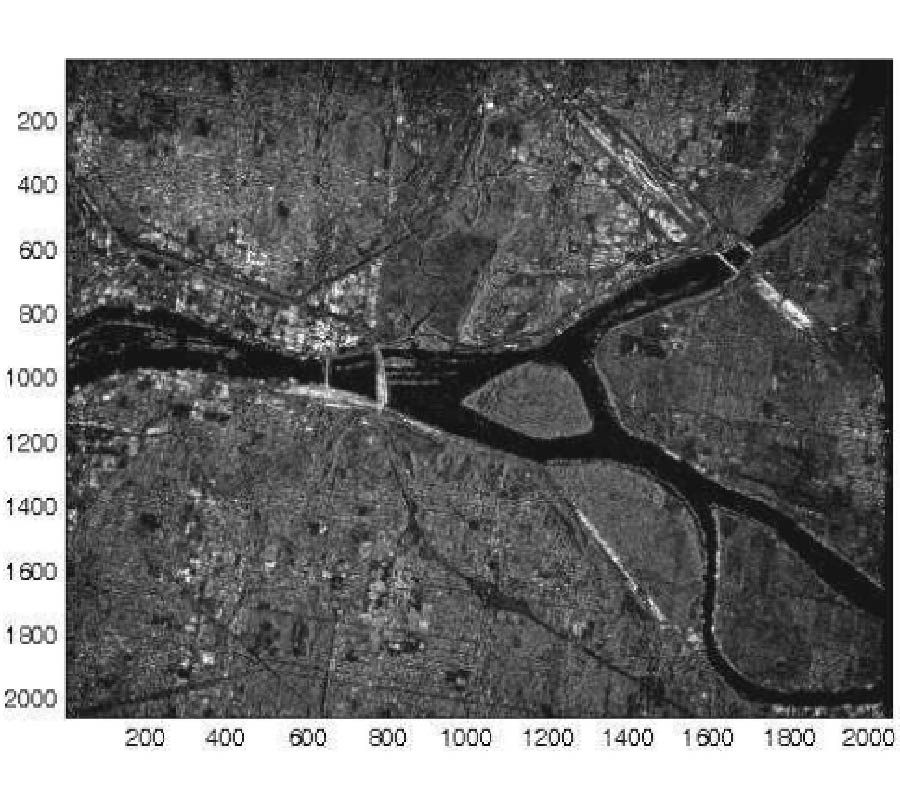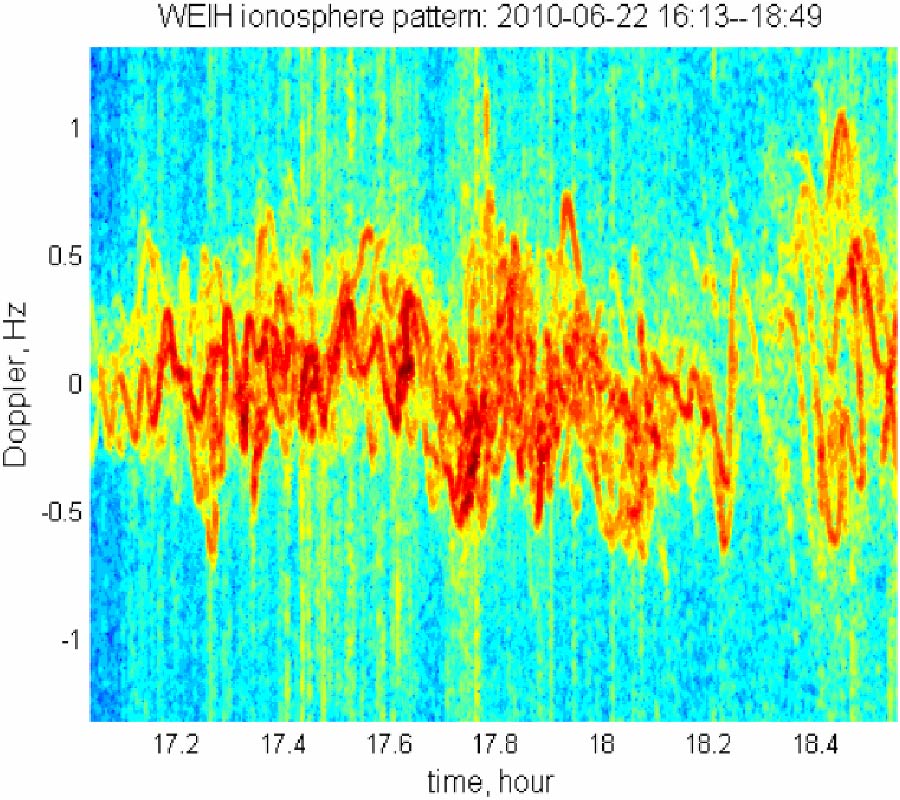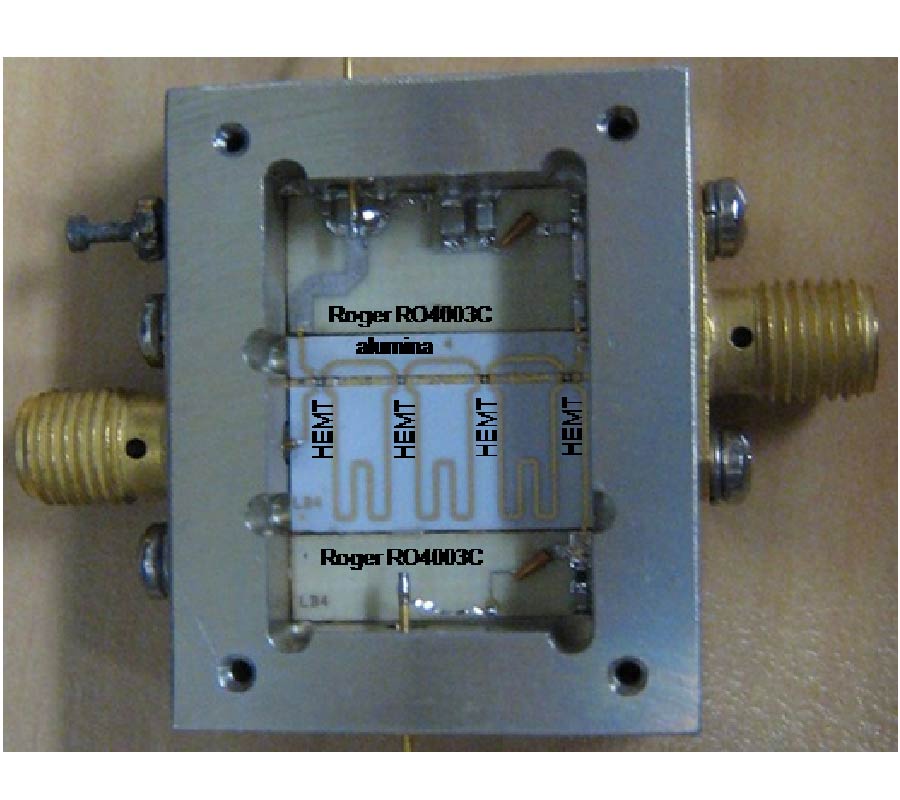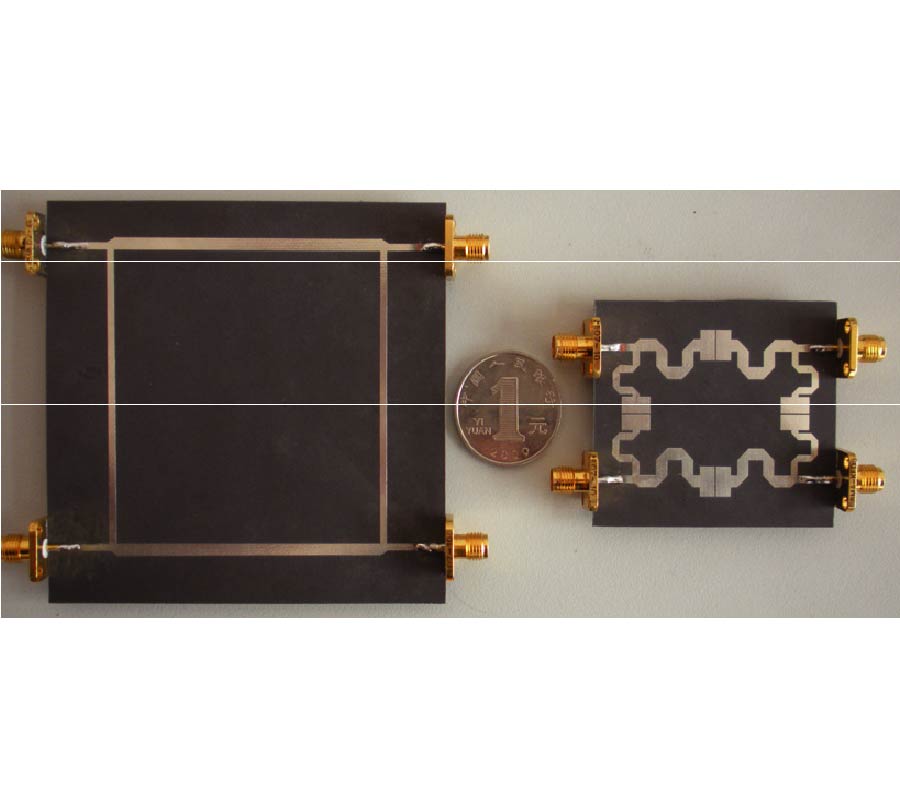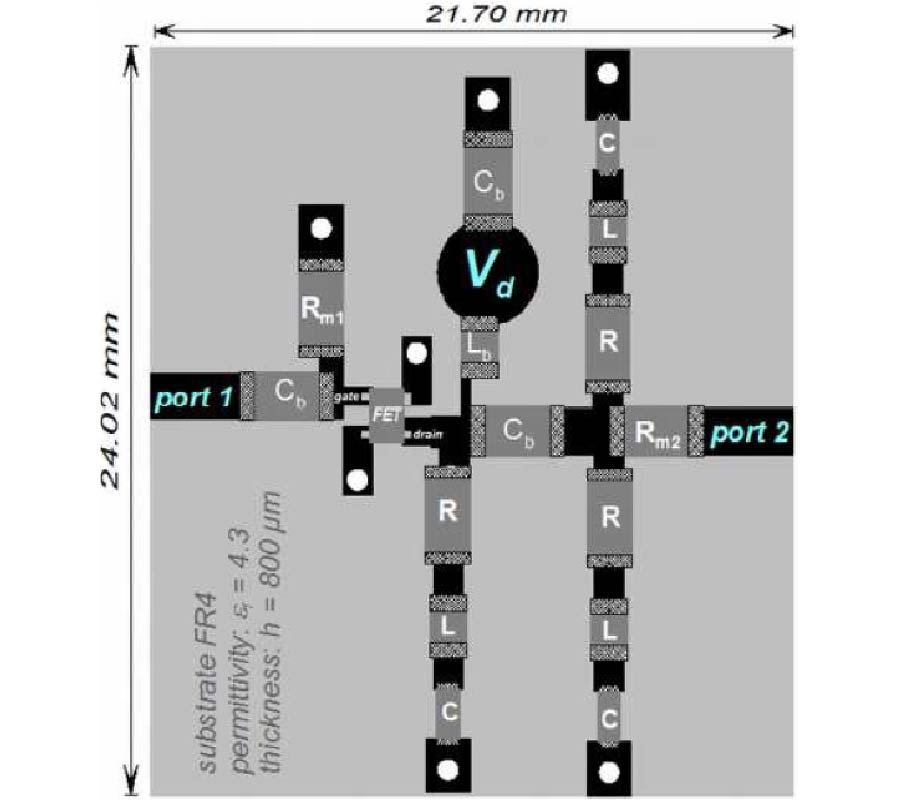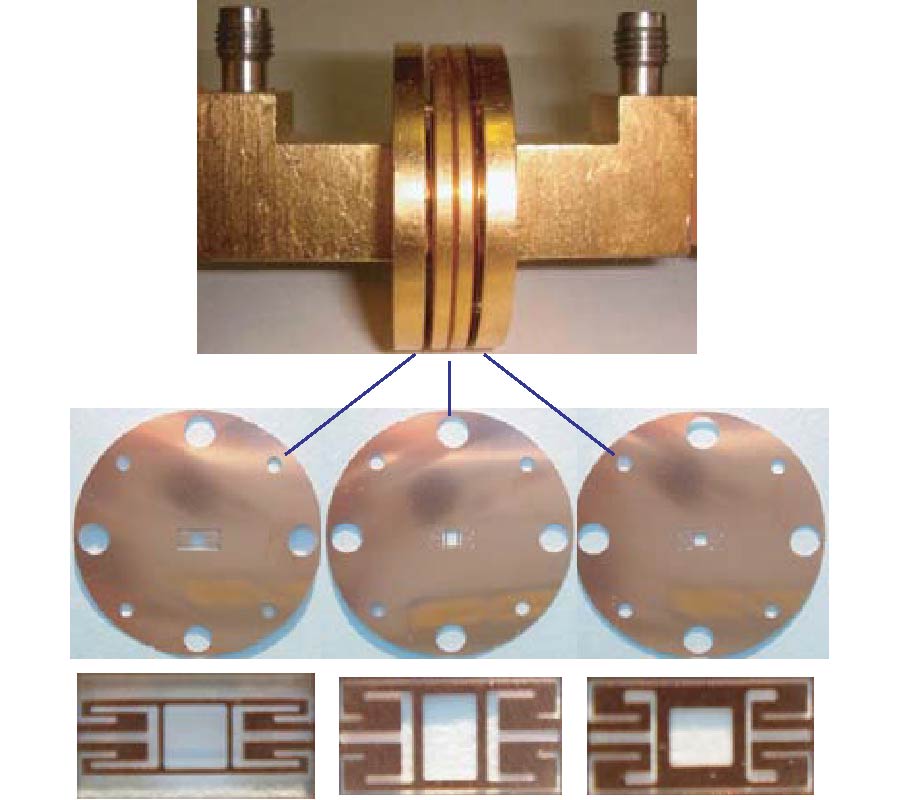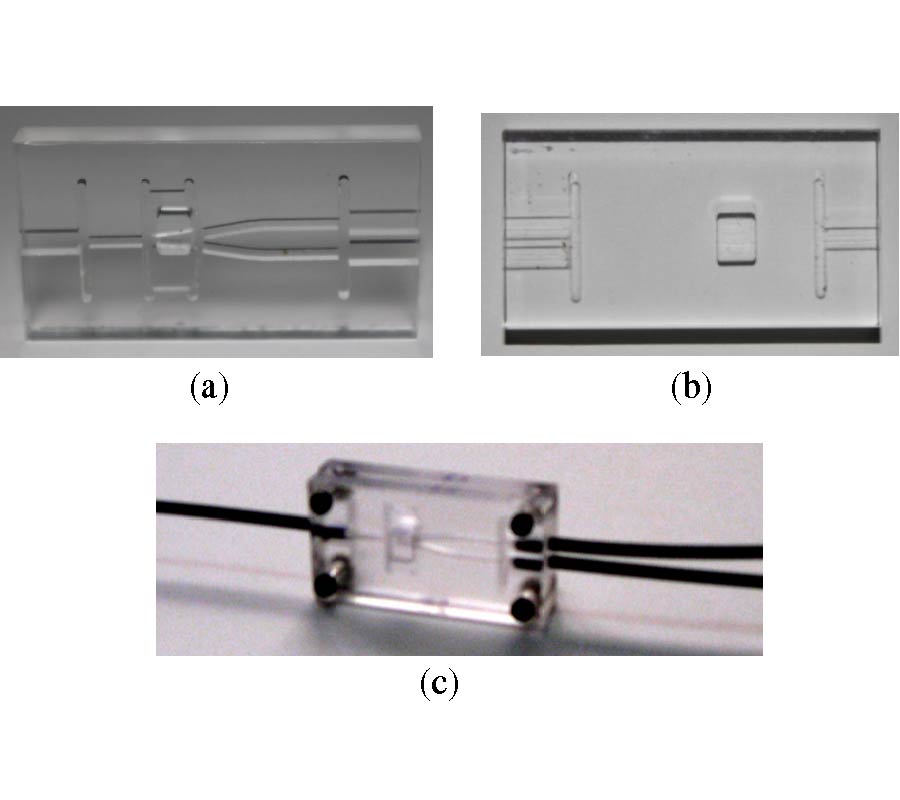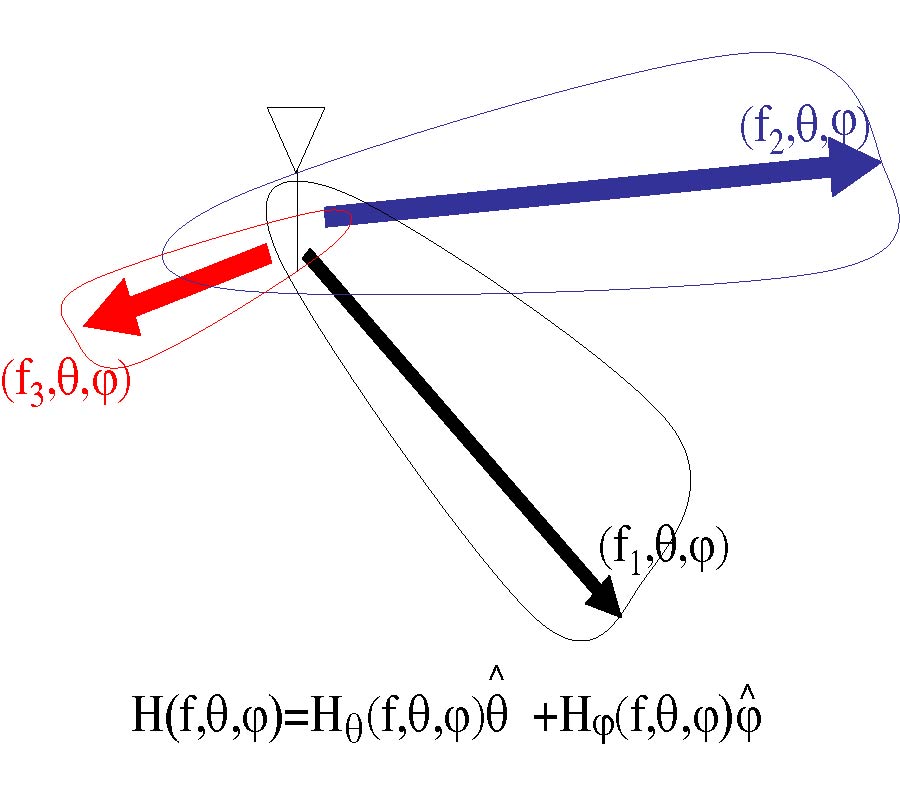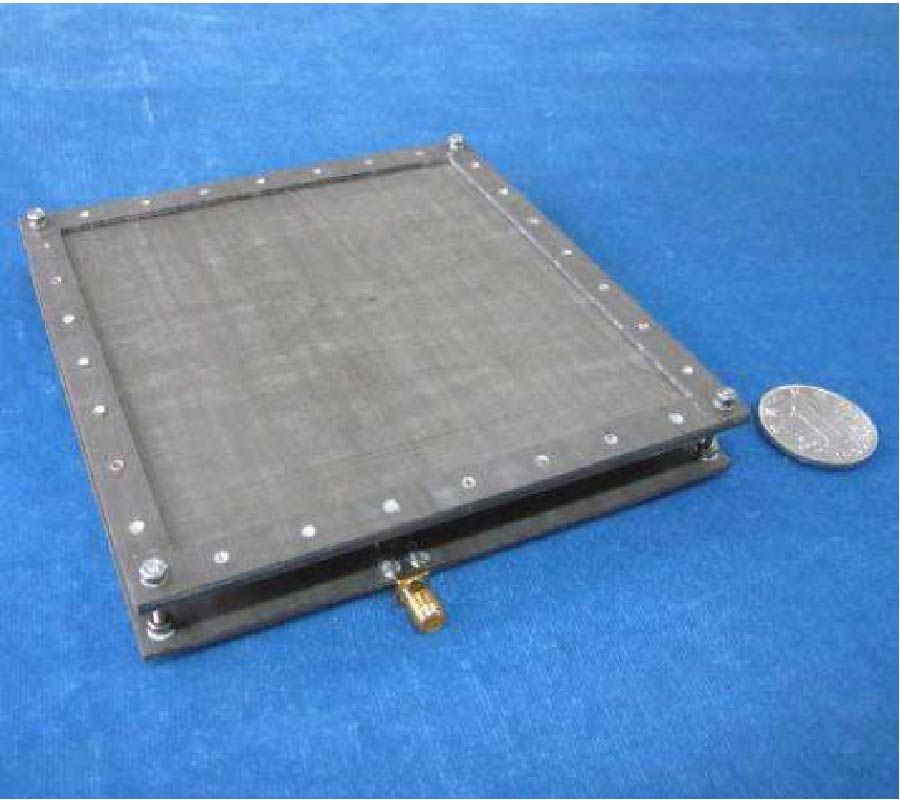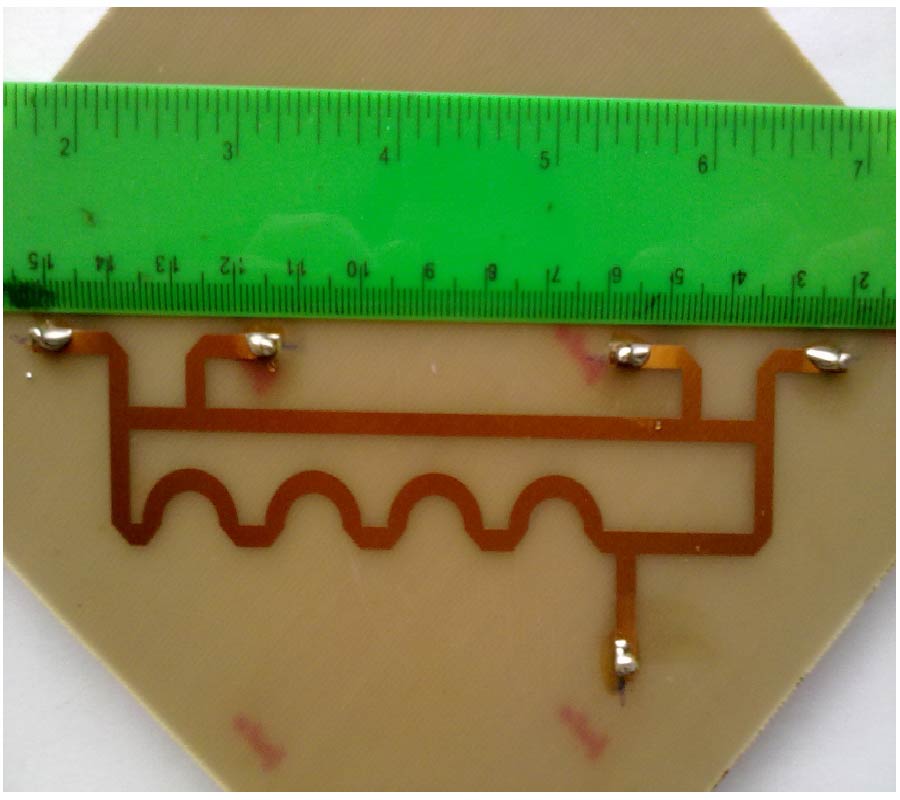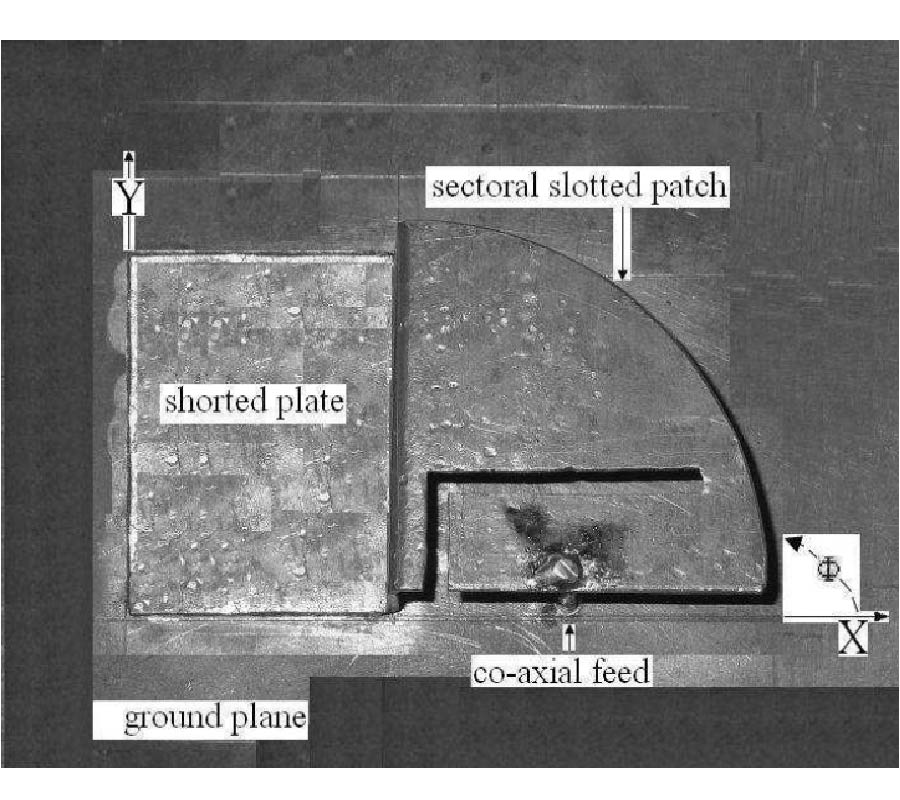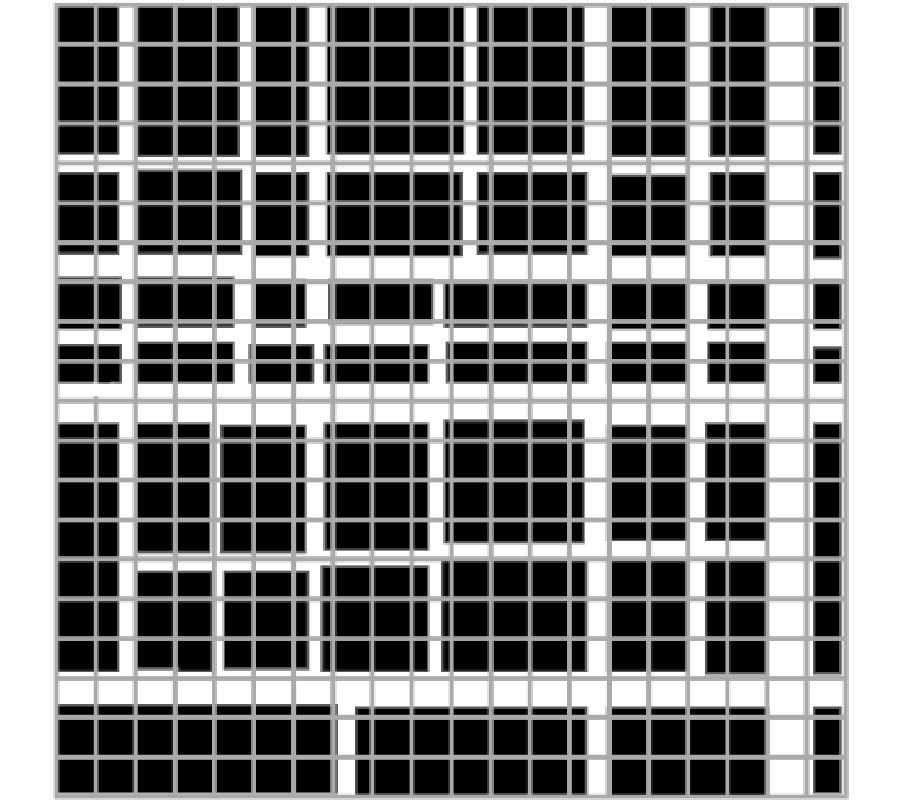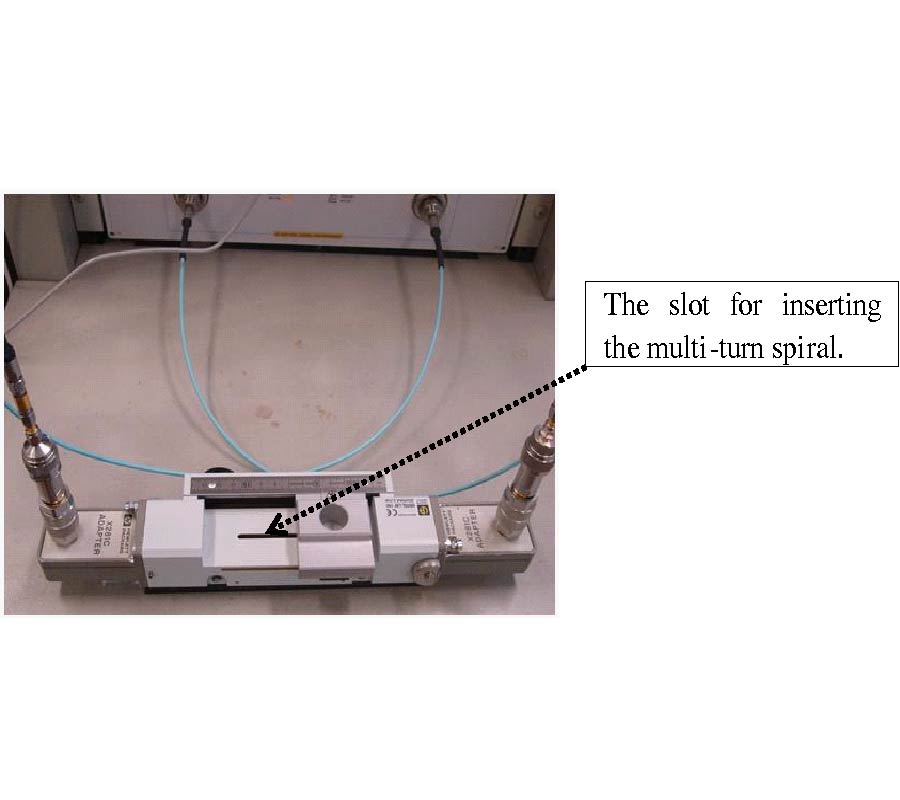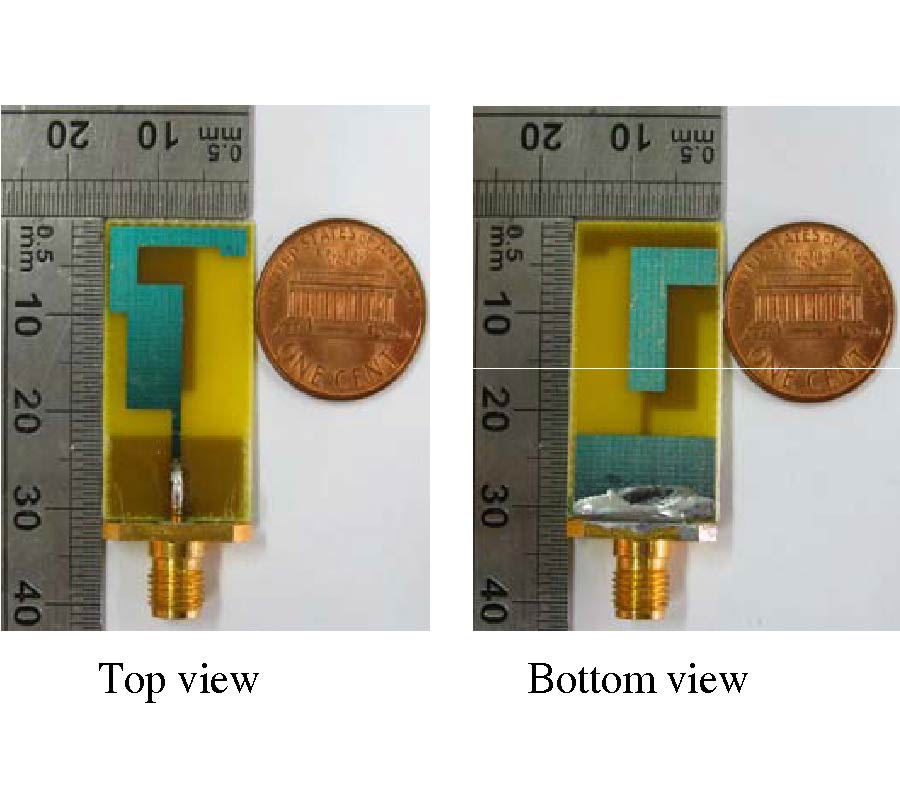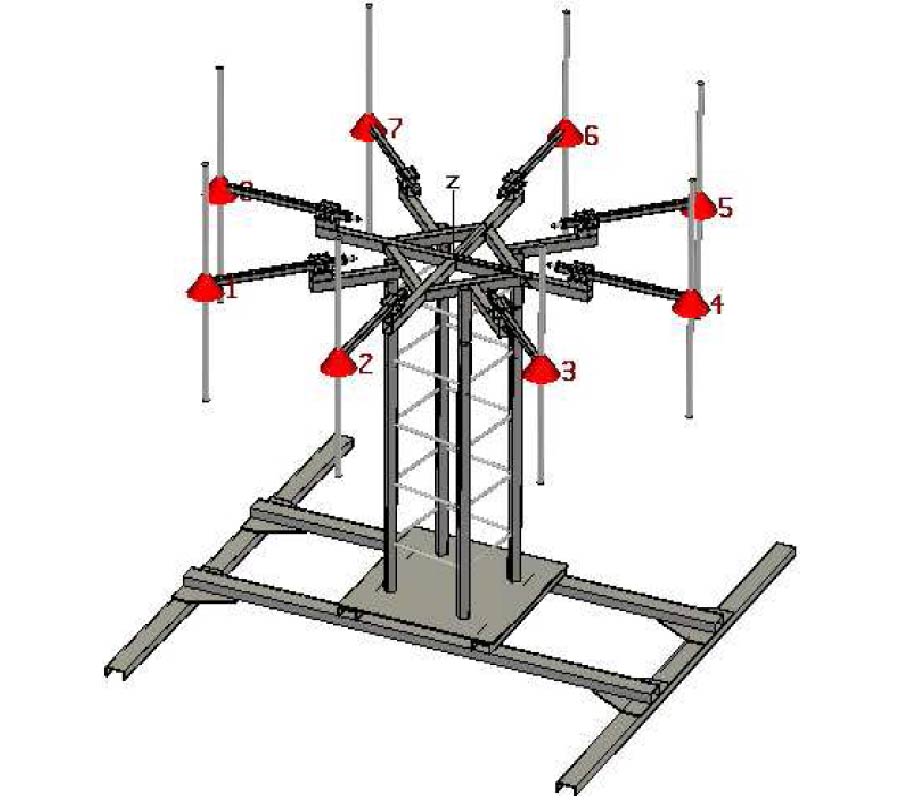Modified Multilook Cross Correlation (Mlcc) Algorithm for Doppler Centroid Estimation in Synthetic Aperture Radar Signal Processing
Bee Cheng Sew,
Yee Kit Chan,
Chee Siong Lim,
Tien Sze Lim and
Voon Koo
The Multilook Cross Correlation (MLCC) is one of the most reliable algorithms used for Doppler ambiguity number estimation of the Doppler centroid parameter. However, the existing MLCC algorithm is only suitable for low contrast scenes. In high contrast scenes, the estimated result is not reliable, and the error is unacceptable. Besides, the Doppler centroid estimation processing time is long and can only be used in offline processing. In this paper, we introduce a modified MLCC algorithm that has better sensitivity which is suitable not only for low contrast scenes, but also for high contrast scenes. In addition, the modified MLCC algorithm can be implemented on parallel signal processing units for better time efficiency. Experiments with RADARSAT-1 data show that the modified algorithm works well in both high and low contrast scenes.
